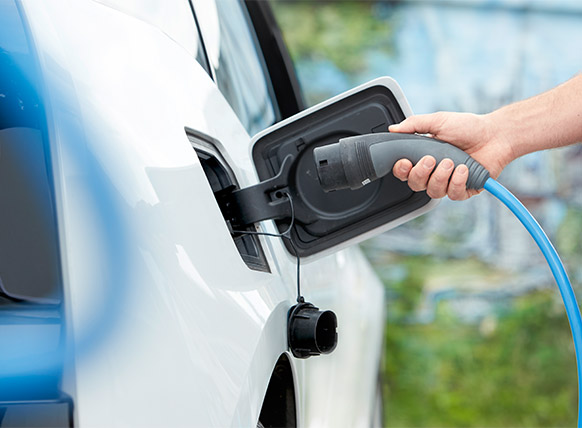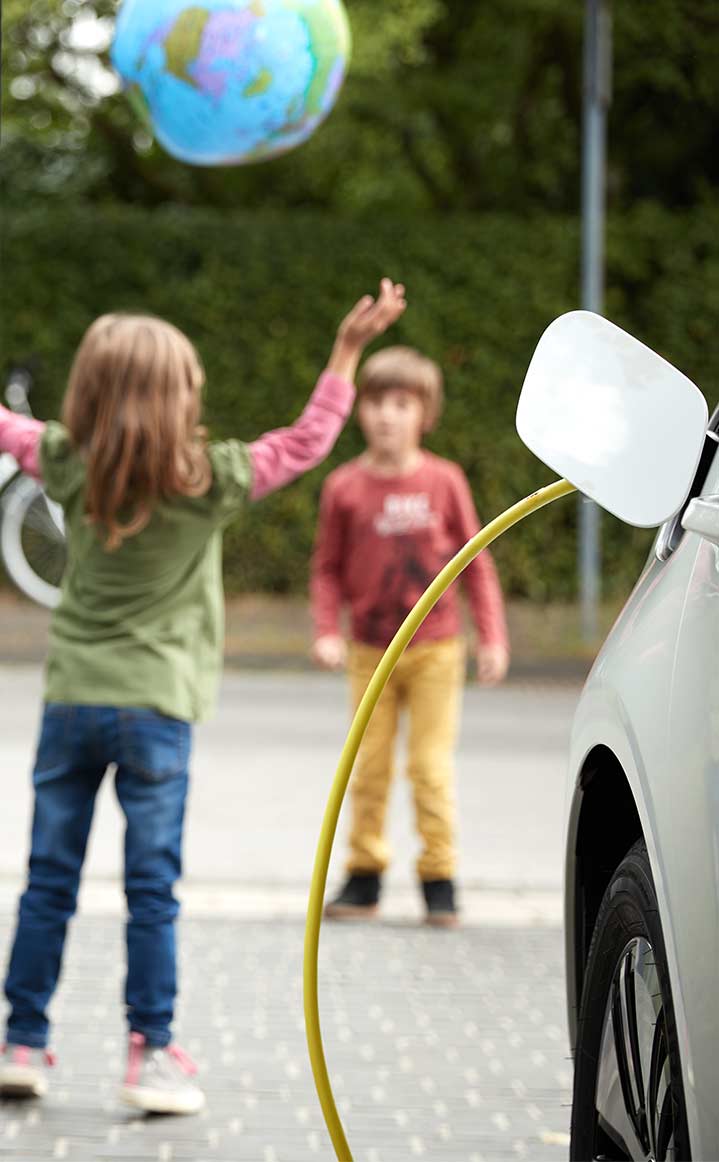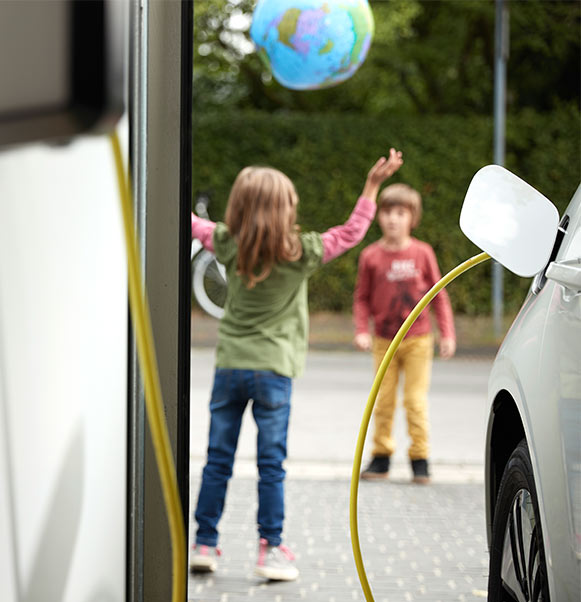

Everything you need to know before you get an EV
From the forthcoming ban on the sale of new petrol and diesel cars, to tax incentives and even advertising campaigns, we’re all being encouraged to switch to driving an electric vehicle (EV) to help tackle air pollution and the climate crisis. Road transport made up around a fifth of the UK's total greenhouse gas emissions in 20171, and the average UK household could save two tonnes of CO2 emissions every year by switching to an EV2.
Still, making the leap can feel like a major transition. Here's what you need to know before you jump.
Better for the planet and your wallet
Over its lifetime, a fully electric car in Europe produces around a third of the emissions of the equivalent petrol or diesel vehicle3, and that gap will grow as more renewables enter the energy mix and battery recycling improves. With no internal combustion engine (ICE) and no exhaust pipe, there are no exhaust emissions, making for cleaner air.
Electric cars are also cheaper to run. With fewer moving parts, maintenance costs are lower than for ICE vehicles. Charging costs vary from vehicle to vehicle and charge point to charge point but work out significantly less than petrol or diesel. And fully electric vehicles are exempt from road tax, Clean Air Zone fees and London's congestion charge.


Easier than ever to charge
Gone are the days when EVs were just for city driving. Some modern EVs can travel more than 300 miles on a single charge, while E.ON's ultra-fast charging stations are capable of boosting the batteries of the latest generation of electric cars with a range of around 100 miles in just 10 minutes. The E.ON Drive network includes more than 36,000 chargers in 25 European countries, including the UK, while by 2023 the Government expects every motorway service station will offer at least six chargers.
It's also possible to charge your vehicle while you work or shop. Some employers, including E.ON, offer chargers at their offices, while the UK has around 5,000 free-to-use charging points in locations from retail parks and zoos, to garden centres and city streets4.
But it's often easiest and more practical to charge your EV at home, and some drivers will still be able to claim a grant of £350 for installing a charger under the Government’s Electric Vehicle Homecharge Scheme after the eligibility criteria change in April 2022. We offer a range of home chargers to choose from, and take care of the whole process, from carrying out a free survey to providing a quote and installing the charger.
And the Government’s plans to introduce new building regulations in England requiring new homes with parking provided to include EV charging installations will only broaden drivers’ options.
The right tariff counts
When you switch to driving an EV it makes sense to find a supply tariff that suits your needs. Most EV tariffs offer lower rates for off-peak charging, and you'll need to prove you have an EV and charge it at home to enjoy them. Given no one wants to shift away from petrol or diesel to run their EV off coal, many EV tariffs are based on renewable energy. They often also include an app to help your car communicate with the grid and charge at more sustainable times.
It's never been easier to switch to an EV and the climate crisis has never felt more urgent than today. So why not book that test drive now?
1. Office for National Statistics: Road transport and air emissions (16.09.19)
2. Committee on Climate Change: The fifth carbon budget
3. Transport and Environment: Electric cars
4. BBC: ‘I saved £5,000 by charging my electric car for free’ (12.02.21)


Our blog
Read our latest blogs to discover how E.ON is leading the energy transition through smart and sustainable solutions.


It's time to clear the air
Towns and cities across the UK are suffering from illegal levels of air pollution. We think it’s time to do something about it.


Electric vehicle charging at home
We're with you every mile of your electric car journey. We offer sleek and intuitive EV chargers as well as dedicated tariffs and access to over 30,000 charging points across the UK and Europe with our E.ON Drive network.
